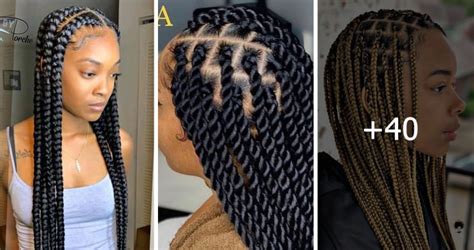What is Braiding Hair?
Braiding hair, also known as extension hair, is a type of hair extension used to create various hairstyles, such as braids, buns, and ponytails. It is made from synthetic or human hair and comes in different textures, lengths, and colors.

Why Use Braiding Hair?
Braiding hair offers numerous benefits, including:
- Length and Volume: Enhance the length and volume of your natural hair for a bold, voluminous look.
- Hairstyle Variety: Create intricate braids, buns, and other hairstyles that would be difficult to achieve with your natural hair alone.
- Protective Styling: Braids can protect your natural hair from damage caused by heat styling, combing, and brushing.
- Time-Saving: Braiding with extension hair can significantly reduce the time spent styling your hair.
Types of Braiding Hair
There are three main types of braiding hair:
- Synthetic Hair: Made from artificial fibers, synthetic braiding hair is affordable, easy to style, and comes in a wide range of colors.
- Human Hair: Derived from human donors, human braiding hair provides a more natural look and feel. It is more expensive than synthetic hair but offers greater versatility and durability.
- Blend Hair: A combination of synthetic and human hair, blend hair strikes a balance between affordability, natural appearance, and durability.
Choosing the Right Braiding Hair
When selecting braiding hair, consider the following factors:
- Texture: Choose a texture that matches your natural hair or the desired style.
- Length: Determine the desired length and ensure that you purchase enough hair to cover your head.
- Color: Select a color that complements your natural hair or desired look.
- Quality: Opt for high-quality braiding hair that will last longer and provide a more natural appearance.
Braiding Techniques
There are countless braiding techniques, each with its unique look and complexity. Some popular braiding techniques include:
- Box Braids: Square-shaped braids that create a bold, geometric pattern.
- Cornrows: Raised braids that follow a curved or straight path.
- French Braids: Intricate braids in which a section of hair is added with each stitch.
- Fishtail Braids: Braids that resemble a fishtail with interwoven sections of hair.
- Goddess Braids: Loose, flowing braids that create a bohemian or ethereal look.
Care for Braided Hair
To maintain the health of your braided hair, follow these care tips:
- Wash Regularly: Gently wash your braided hair every 2-3 weeks using a sulfate-free shampoo.
- Moisturize Regularly: Apply a leave-in conditioner or oil to keep your braids hydrated and prevent breakage.
- Protect from Heat: Avoid using heat styling tools on your braided hair, as it can damage the extensions.
- Avoid Tight Braids: Ensure that your braids are not too tight, as it can strain your hair follicles.
- Get Regular Trims: Trim the ends of your braided hair regularly to remove split ends and maintain a healthy appearance.
Pros and Cons of Braiding Hair
Pros:
- Adds length and volume to hair
- Allows for versatile hairstyles
- Protects natural hair from damage
- Time-saving styling option
Cons:
- Can be expensive to purchase and maintain
- May require professional installation
- Can be uncomfortable to sleep in
- May cause scalp irritation if not cared for properly
New Applications for Braiding Hair
Braiding hair has evolved beyond its traditional use for hairstyles. Today, it is used in various creative applications, such as:
- Jewelry Making: Braided hair is used to create unique bracelets, necklaces, and earrings.
- Decorative Accessories: Braided hair can be used to embellish headbands, hats, and bags.
- Fashion Accessories: Designers are incorporating braided hair into clothing and accessories, such as belts and scarves.
- Art and Design: Braided hair is used as a medium for creating sculptures and wall hangings.
Tips and Tricks for Braiding Hair
- Use a Rattail Comb: This tool helps separate and control hair sections for precise braiding.
- Primer Your Hair: Apply a leave-in conditioner to detangle and smooth your hair before braiding.
- Secure the Ends: Use clear elastic bands or thread to secure the ends of your braids, preventing unraveling.
- Experiment with Braid Patterns: Don’t limit yourself to one braiding technique; explore different patterns to create unique and eye-catching looks.
- Accessorize: Add hair beads, ribbons, or other accessories to your braids for a personalized touch.
Conclusion
Braiding hair is a versatile and transformative hair extension that offers countless styling possibilities. By choosing the right type of hair, following proper care instructions, and exploring creative applications, you can enjoy the benefits of braids while keeping your natural hair healthy and protected.
